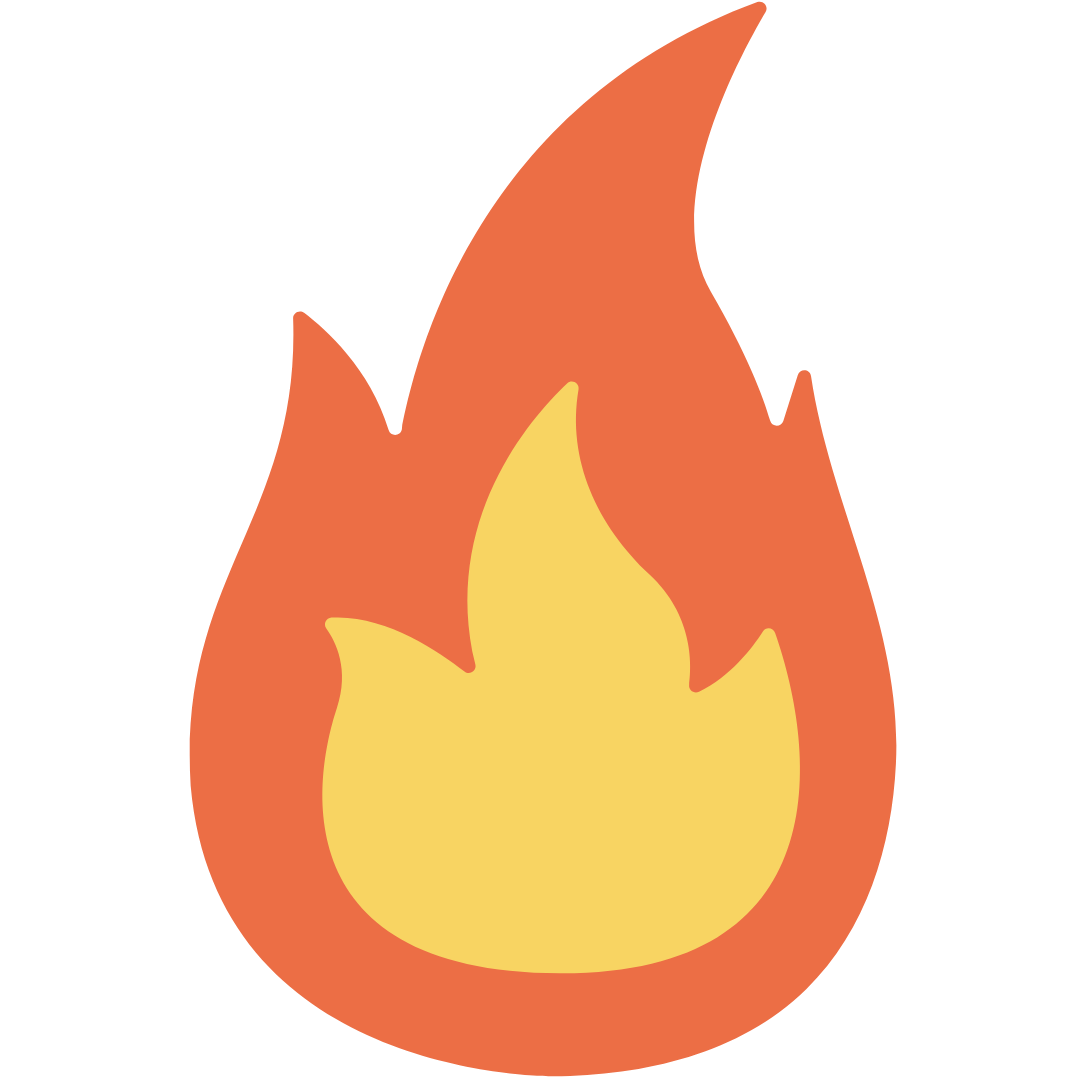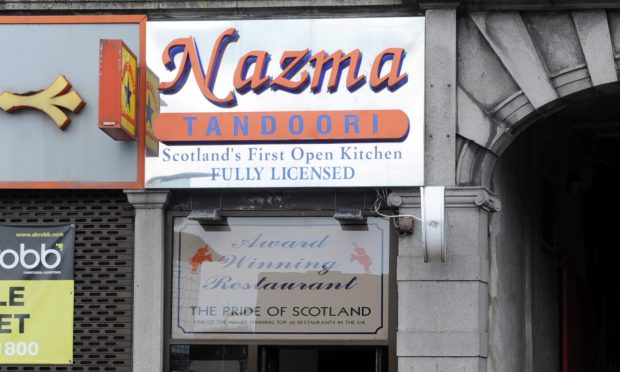
A brush fire occurred in West Milford, New Jersey. The Passaic fire, now called the Jennings Creek Wildfire, started burning on Saturday afternoon, on Nov. 9, near West Milford.
Later that day, the fire spread from New York to Greenwood Lake, Orange County, to Fairfield County, Connecticut. Nearly a half-dozen wildfires burning in New Jersey are setting off red-flag air quality alerts to the public. By Saturday evening, the air quality had spiked to “very unhealthy” levels.
The firefighters were able to gain control of the two-acre brush fire in Prospect Park, Brooklyn, on Friday night before it continued to spread throughout the park. The New York City Fire Department said the crew had the fire under control just around 9:40 p.m.
, three hours after the 911 call was received. New York City, Long Island and Westchester County have been placed in the extreme red zones of dry brush, gusty winds and low humidity in response to the hazardous air quality conditions, warned that residents in the area should avoid any activity that promotes burning, such as outdoor grills, fire pits or any campfires outdoors. In addition, it was recommended that children and anyone with lung or heart disease remain inside until precautions are called for safety, given Sunday, Nov.
10, New York was out of the red zone. The less humid, dry weather reflecting warmer than average temperatures in late October and early November caused the smell of acrid smoke. Just a step outside gushed with wind, citizens of the city could smell the odd smell as New York is rarely home to wildfires.
Due to the lack of rainfall, New York City Mayor Eric Adams issued a drought watch last week, urging residents to conserve water, and the drought will likely continue for at least another two months until the New Year. As a result, citizens should conserve water and remain vigilant even during the tougher climate change areas to reduce further brush fires. An awkward transition from mid-tempered and sunny autumn to the early wraps of winter on Dec.
21, the air quality and water supply is disturbed. In addition, New York should cut down on the tap. This does not mean drinking less water, but instead using blueprint water until we are in a more settled state of climate change.
With Mother Nature and climate change as the boss, it is only our responsibility to be able to respond to the nature we are given. If there is less rain, there is less water. Looking back on New York’s rainfall history, this fall has been the driest fall for New York.
Turning back to Sept. 1, Central Park only received 1.59 inches of rain this fall.
The planet is facing agonizing climate change. Each century, we are losing rainfall. With this amount of lost rainfall, climate change reflects our planet’s health in several ways.
With climate change, it can alter the weather conditions of the planet and stoke wildfires. Research suggests that wildfires are a factor and driver of greenhouse gasses responsible for the public ’ s poor air quality, 5-8% of the 3.3 million premature deaths from outdoor air pollution .
However, some wildfires can occur naturally, too, by weather conditions such as lightning or by humans accidentally or intentionally through arson. Comparing the United States to Canada’s outbreak of wildfires occurring in March 2023, statistics show that 84% of wildfires in the U.S.
are caused by humans. 55% of wildfires in Canada result from lightning and 45% are caused by humans Preserving water can not only prevent further drought outages within the city, but can also help reduce the primary causes of brush fires and climate change. As members of the planet, it is essential to prevent the rise of climate change.
Regardless of the natural causes of Mother Nature, greenhouse emissions must be reduced significantly. For instance, walking or biking are possible solutions to minimize the fumes of taxis, Uber, buses and trains in a populated city. Moreover, it reduces use of power.
This winter might be chilly with minimizing usage of appliances, electronics and heat, but bundles of clothes can help warmth and reduce the warmth outside. It’s general and cliche, to say the least, but recycle and be kinder to the environment so we can breathe and live a healthier lifestyle this fall and winter. Bridgette Leahy, FCRH ’27, is a journalism major from Basking Ridge, N.
J..














